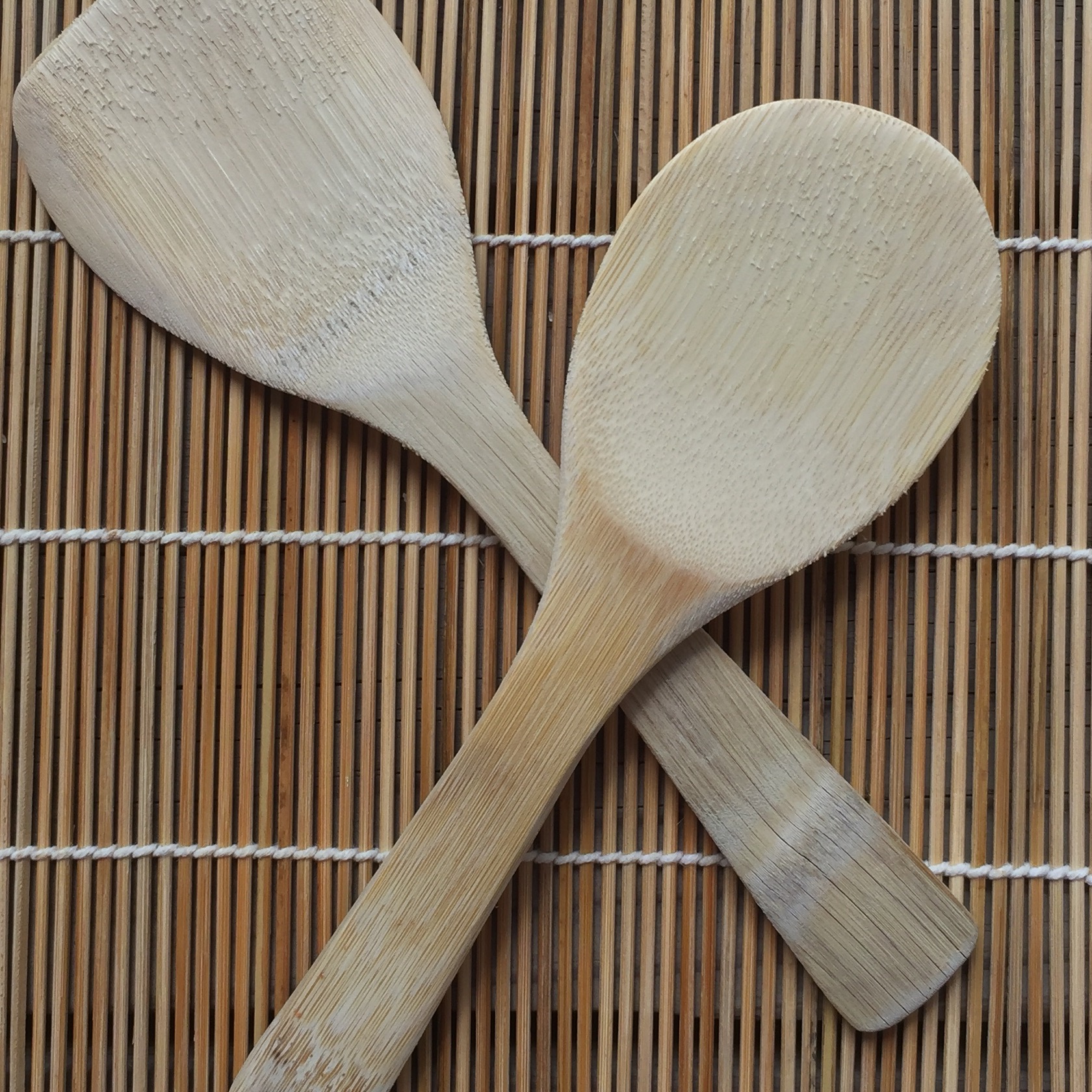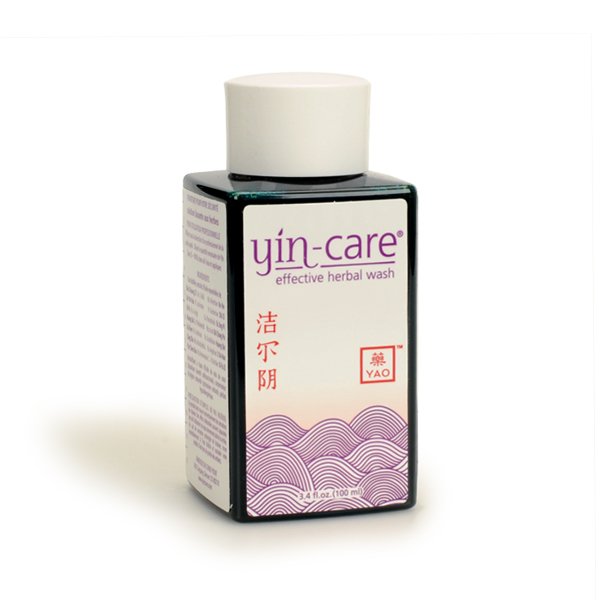grain 101. washing. soaking. boiling... part 3... on boiling
/Cooking (Boiling) Rice
When you are ready to cook - you have washed your rice and soaked your rice (if you choose to) - pour your clean rice and then water into a heavy pot. My current rice pot is an enamel coated cast iron dutch oven with its own heavy lid. It is a 3 1/2 quart pot. The lid seals perfectly. It’s very heavy.
Don’t forget your ‘measure’ for water (check out the Soaking blog). An index finger's measure or a measuring cup's measure will do. More water makes the rice ‘stickier’ and a little less leaves it more separated.
The amount of water you need is not scientific. It will depend on your taste. It will depend on how you will be using or serving your cooked grain. It will depend on the variety of rice or the kind of grain you are cooking, the kind of pot you are using, the heat that will cook the rice, even the season of the year, and your house and kitchen environment. But still, the measure is close. Do not worry. It will be good and you will learn to be comfortable through all the variables. It’s just good to know that there are variables and, that what seems to be a careful repeat of measure from one pot to the next, may result in a slightly different texture or taste.
Ideally after washing, you've had the time to soak your rice. If time is tight (which is OKAY), add an extra splash of water to the pot and start your fire. Cover the pot, placing it on the stove over a high flame. When you hear the water inside beginning to boil, turn down the flame to low, very low usually, and continue to cook - or simmer. Depending on the type of rice or other grain, you may be cooking for 10 to 40 minutes, sometimes longer. At the very end, turn the flame to high again for half a minute. Turn off the heat. Let the rice rest in the pot for 10 more minutes before opening the lid or serving.
Brown rice will need a little more water and a little more time. Measure 1 cup of rice and two cups of water. Cooking time will be closer to 40 minutes after bringing to a boil and turning down to simmer. You will want to add a dash or two of salt to brown rice though you need none for white. The salt will counterbalance the bitter part of the brown rice taste which comes from its having relatively more potassium than white rice.
BAMBOO RICE PADDLES
To serve, dampen a rice paddle and slide it around the sides of the pot to loosen the rice. Take care not to mash the rice. Remove it to a serving bowl, rice bowls or onto your plates and serve immediately. Or, you can cover the serving bowl or your pot with a bamboo mat or towel until you are ready to eat.





